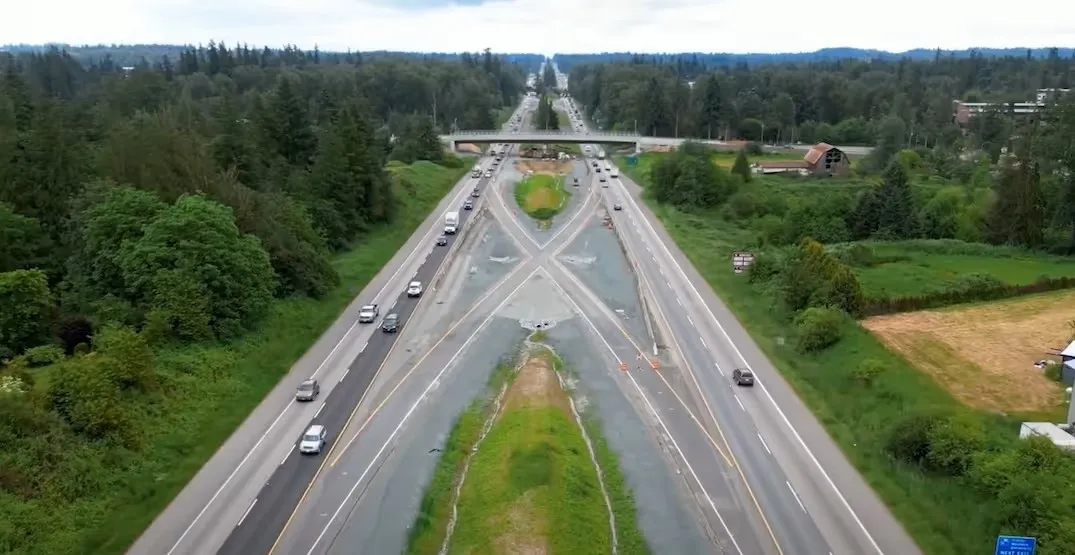
The western Canadian province of Alberta has budgeted around US$1.4 billion this year for planning, designing and constructing major bridge and highway projects.
The work is being done within the Alberta Transportation and Economic Corridors programme. Economic corridors are trade corridors that provide vital links to markets in and out of the province, supporting economic, social and environmental activity. These trade corridors may include varying types of linear infrastructure.
Corridors can involve a broad range of infrastructure including transportation, energy, power, telecommunications and other utilities. In addition to physical infrastructure, corridors include service markets and the coordination of regulations and policies across multiple jurisdictions and sectors.
The 2024 budget also sets aside $112 million over three years for 56 engineering projects, with nearly another $75 million for a further 38 projects over the same period.
The funded projects include Highway 3 twinning, Highway 11 twinning, Highway 881 safety and road improvements, Highway 22/1A interchange at Cochrane, Highway 40 twinning, Highway 201 Bow River Bridge, Deerfoot Trail upgrades, Terwillegar Expansion, Highway 60 capital improvements, Highway 40 grade widening, a new intersection at Highway 16A and Range Road 20, Highway 2 Balzac Interchange Replacement, Highway 63 twinning, and the Vinca Bridge replacement.
Among the economic corridors is the High Load Corridor, also called the Oversize and Overweight Corridor. This is a network of designated highways where overhead utilities are raised or buried to accommodate high loads, and in many cases, heavy, wide and long loads. About 150,000 oversized and overweight permits are issued annually in Alberta. Corridor development began in 1985. It now includes around 5,000km of Alberta’s provincial highway network.








